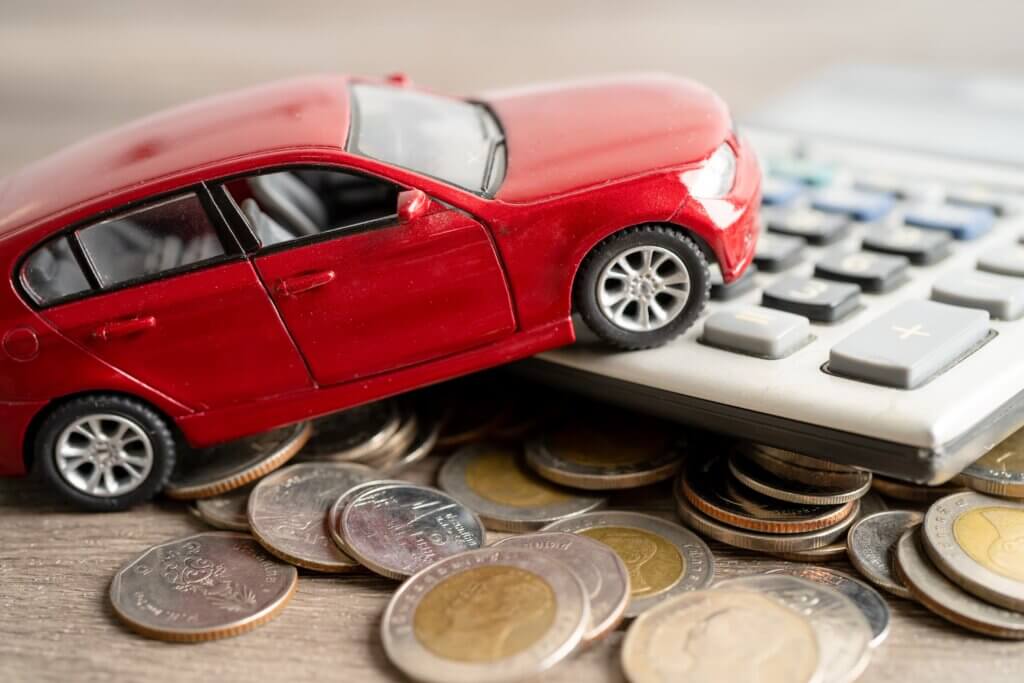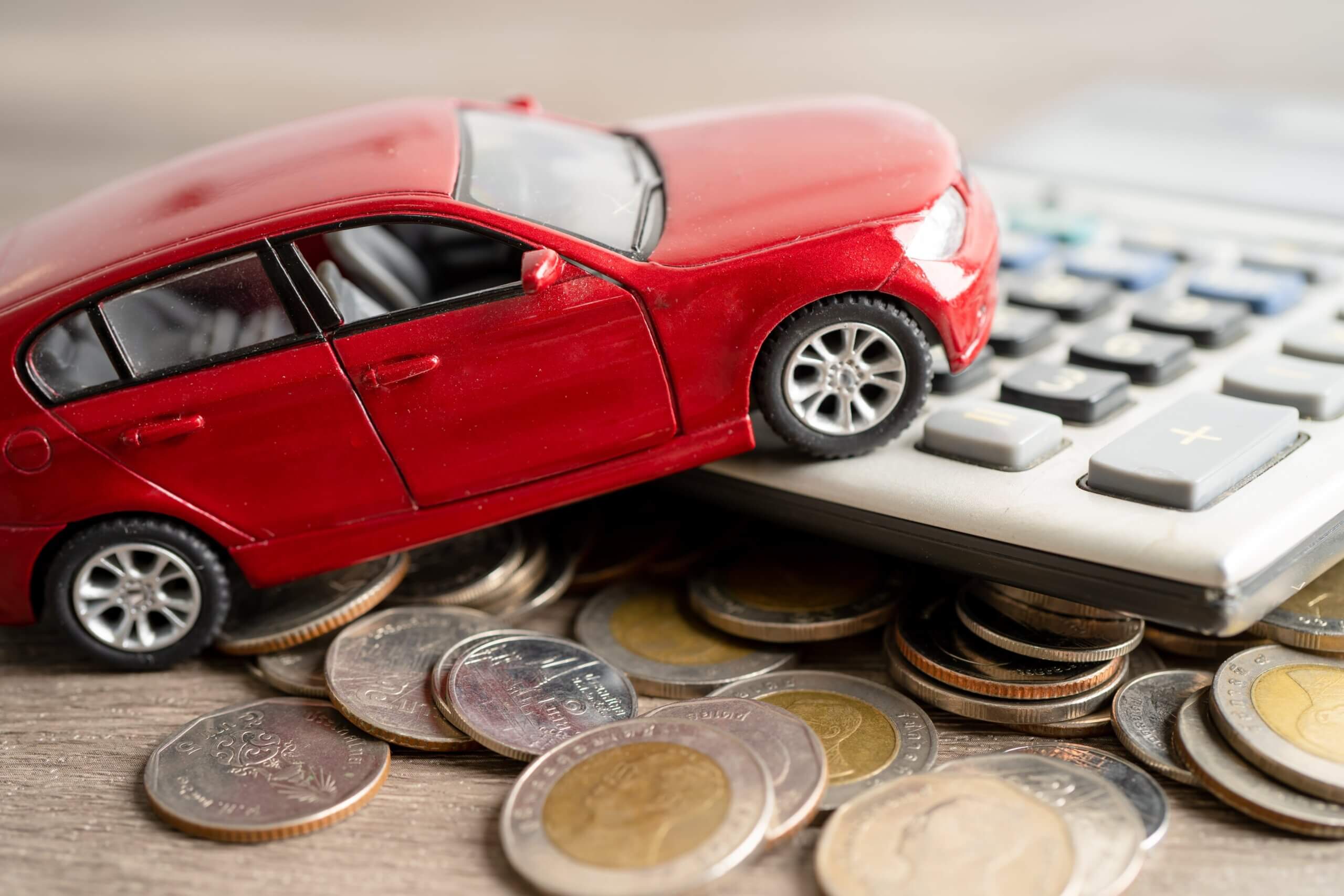
Americans tend to borrow a lot of money to purchase a vehicle. On average, a person will borrow $34,635 for brand new wheels, and although a used car is less expensive, a person will still borrow an average of $21,438 for one. On top of that cost, people still need to factor in the costs of maintenance and auto insurance, which has risen by 23% in the last decade.
Maintaining a vehicle is just one of the many expenses that most adults need to manage in their lives. As the cost of living continues to skyrocket, some debts may become difficult to pay and ultimately it might be best for some to consider filing for bankruptcy to reduce their debts. Given the necessity of having a vehicle in modern life, many people will wonder what happens to their car when they file for bankruptcy. This article will provide some answers. However, anyone considering filing for bankruptcy should consult with an experienced attorney who will review their entire financial situation and advise them on the best route forward.
What Happens to a Person’s Car in Bankruptcy?
Bankruptcy is a legal process that helps people who are unable to repay outstanding debts. It is designed to aid them in repaying a portion of their debts or forgiving all or some of the debt. Given that many people have purchased their cars through car loans or financing, their vehicle is often one of the debts that must be considered in the bankruptcy proceeding.
When someone fails to make payments on a car loan, the contract that requires them to pay back the lender for the car is broken. If that person decides to give the car back, they won’t have to pay the car loan anymore. Although they won’t be responsible for the car loan, there may be fees a person still has to pay. In America, 2.2 million cars are repossessed each year. The repossession fees include towing, storage, and auction fees. Those fees can cost hundreds to thousands of dollars. In addition, after the car is auctioned off, a person could still be responsible for the difference between the sale price and the balance owed. This happens when the car is auctioned and doesn’t cover the outstanding loan amount. If there is a co-signer, they will also be responsible for the deficiency balance.
If a person chooses to keep their car, they must continue paying what is owed. Filing for bankruptcy could lower the payments, but several factors will come into play when determining whether someone filing for bankruptcy will be able to keep possession of their vehicle. This includes the chapter of the bankruptcy code they file under, the type of vehicle they own, and how much is still owed on it.
Chapters 7 and 13 of the bankruptcy code both provide options for those struggling to pay for their vehicle. The chapter a person chooses to file under will play a big part in how debts are repaid or eliminated, which is why this decision should be made with the advice of an experienced attorney.
Chapter 7 and Car Debt
This chapter is known as “liquidation” bankruptcy. This will forgive most of the person’s unsecured debt. That means the debt isn’t attached to assets that can be taken, such as medical or credit card debts. To qualify for chapter 7, a person will have to complete a credit counseling course, and take a “means test.” That test will determine if the person’s disposable income is enough to make payments to secured debts.
Filing under this chapter will result in gathering the person’s assets to sell them and repay the creditors. Cars are considered secured debt, which means that debt is attached to an item that can be taken (i.e., the car itself). Even in this situation, there are still a couple of ways a person can keep the car.
Before a person starts the bankruptcy proceedings, they should look into the state’s exemptions. This allows people to protect certain property from being seized when they can’t pay the creditors. Exempt property will include assets that a person needs to maintain their household and job, and vehicles are included in that. That motor vehicle rule will allow people to keep some equity in their cars. In this case, a person can keep their car if the loan payments are current or if the car’s market value is less than the exemption amount.
Another exemption to consider is the wildcard. This is a very valuable tool to utilize in bankruptcy. This exemption allows people to save assets that otherwise would have been taken. Each state has different rules for wildcards, and some states may not have this exemption. Both New Jersey and New York have wildcard exemptions.
Doing a reaffirmation agreement can assist a person in keeping their car under chapter 7. A creditor and the debtor will agree to waive the discharge of debt in the proceedings. The person will sign a contract and have to continue making monthly payments. The person who chooses this option will need to understand their financial situation because if the person defaults, the creditor could take the car.
People will also have the choice to redeem the car in chapter 7. If a person owes more than the car’s worth, chapter 7 will allow the person to pay the car’s value. This amount will typically be lower than the loan amount owed on the vehicle. The catch is that the money will need to be paid in a single payment.
Lastly, if a person determines that the car isn’t worth keeping in the bankruptcy process, they can surrender it. When they give up their vehicle to the lender, they won’t have to pay for it anymore.
Filing for chapter 7 bankruptcy affords a person many possibilities for keeping a car. It is wise to investigate these options with an attorney to determine the best choice.
Chapter 13 and Car Debt
This chapter is commonly known as “wage earners” bankruptcy. This plan will reorganize the debt, giving the person a better chance at repaying creditors. The repayment plan will last between three to five years. To qualify for chapter 13, a person would need a steady income, be up to date on tax filings, and must not exceed the debt limits.
The repayment plan will include the person’s car loan. People will also have the opportunity to reduce interest rates and lower monthly car payments. They can do this by using a “cramdown.”
What happens in a “cramdown” is a person can pay the car’s fair market value over the outstanding loan. This will decrease the car’s payment, making it more affordable. To get this benefit, the individual would have to meet certain qualifications. Qualifying for a cramdown is all about timing; if a person has been in a vehicle loan for 910 days, they will qualify for the cramdown. Talking through all options with an attorney is important. The cramdown isn’t just for cars; it can also be used for real estate mortgages or other personal property. For people with a steady income, this may be the best solution for keeping assets through bankruptcy, including a car.
Where Can I Find Help?
Bankruptcy is a tool the government created to help to bring relief to people having a hard time paying back debt. While bankruptcy might not be for everyone, there are some people for whom it would provide a great opportunity to relieve themselves of debt that they otherwise have no way to pay. Bankruptcy can help you get back on the right financial track.
A bankruptcy proceeding can be complex; if a person isn’t trained, they could miss valuable details. You should get lawyers to assist you in determining the best bankruptcy solution for your needs. Rosenblum Law attorneys are experts in bankruptcy and provide clients with the top-notch service. Contact us today for an initial consultation.


